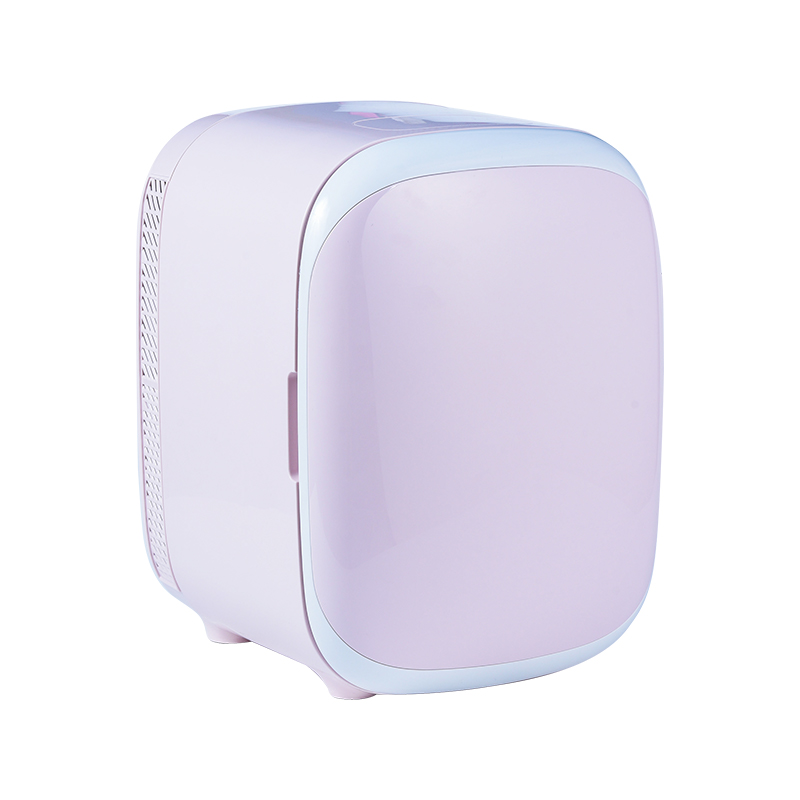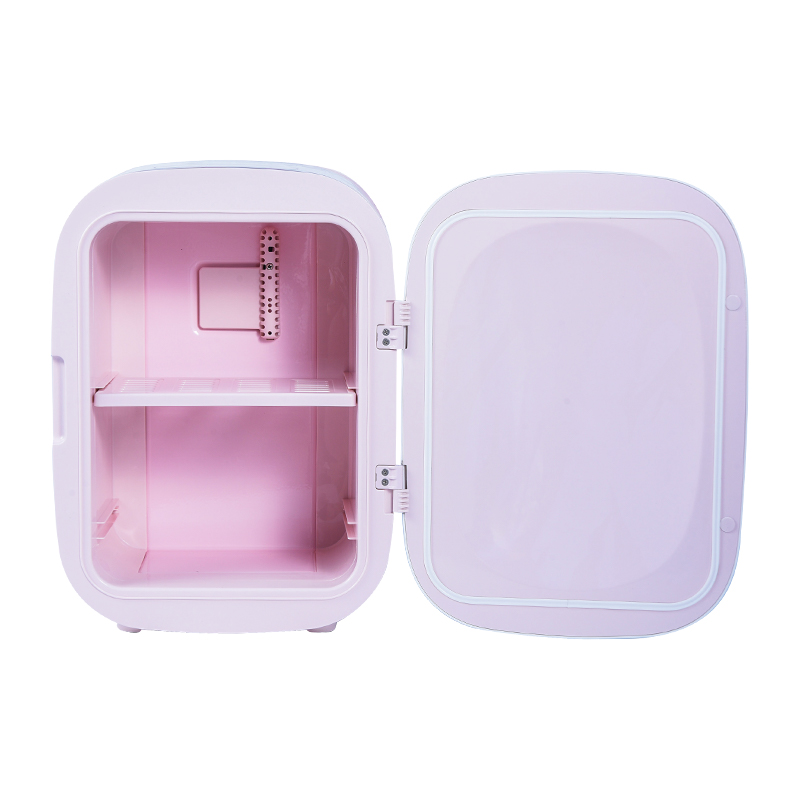How efficient is a Low Noise Air-Cooled Thermoelectric Coolerbox compared to traditional cooling systems?
The efficiency of a Low Noise Air-Cooled Thermoelectric Coolerbox compared to traditional cooling systems depends on a variety of factors, such as the specific application, the cooling load, and the operating conditions. However, in general, thermoelectric coolers have some advantages and disadvantages when compared to traditional cooling systems.
One of the main advantages of a Low Noise Air-Cooled Thermoelectric Coolerbox is its simplicity and solid-state design. Unlike traditional cooling systems that use moving parts such as compressors and fans, thermoelectric coolers have no moving parts, which results in less maintenance and a longer lifespan. Additionally, the solid-state design of thermoelectric coolers makes them more reliable and less prone to mechanical failure.
Another advantage of thermoelectric coolers is their ability to cool and heat simultaneously. This is achieved by reversing the polarity of the voltage applied to the semiconductors, which results in the direction of heat transfer being reversed. This feature can be useful in applications where both cooling and heating are required, such as in temperature control of electronic devices.
However, when it comes to cooling capacity, traditional cooling systems such as vapor compression systems are generally more efficient than thermoelectric coolers. This is because thermoelectric coolers have a limited cooling capacity due to the nature of the Peltier effect, which is dependent on the properties of the semiconductor materials used. As a result, thermoelectric coolers are generally best suited for applications that require low to moderate cooling capacities.
Another factor to consider is the operating conditions. Thermoelectric coolers are most efficient at operating at temperatures below room temperature, and their efficiency decreases as the temperature increases. In contrast, traditional cooling systems such as vapor compression systems can operate efficiently at a wide range of temperatures.
In terms of energy consumption, thermoelectric coolers can be more energy-efficient than traditional cooling systems for certain applications. This is because they have no moving parts, which results in lower energy consumption. However, for applications that require high cooling capacity, traditional cooling systems may be more energy-efficient.
The efficiency of a Low Noise Air-Cooled Thermoelectric Coolerbox compared to traditional cooling systems depends on the specific application and operating conditions. While thermoelectric coolers have some advantages such as simplicity, reliability, and the ability to cool and heat simultaneously, they are generally less efficient and have a limited cooling capacity compared to traditional cooling systems.
|
Model |
XW-20 |
|
Capacity |
8 liter |
|
Input voltage |
DC12V |
|
Refrigeration rated power |
46W |
|
Heating rated power |
/ |
|
Maximum cooling temperature |
≤5°C (at 25°C ambient temperature) |
|
Maximum heating temperature |
/ |
|
Dimensions |
L*W*H=355*270*300mm |
|
Package Size |
L*W*H=410*295*335mm |
|
Net weight |
3.2kg |
|
Gross weight |
4.2kg |

 English
English 中文简体
中文简体

























 2025-07-18
2025-07-18


